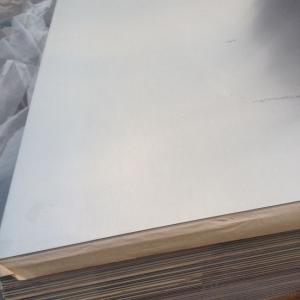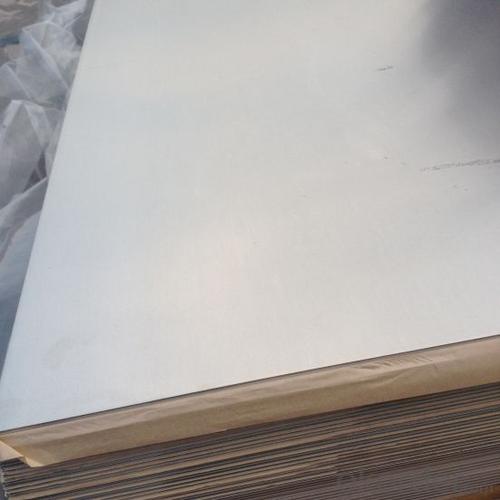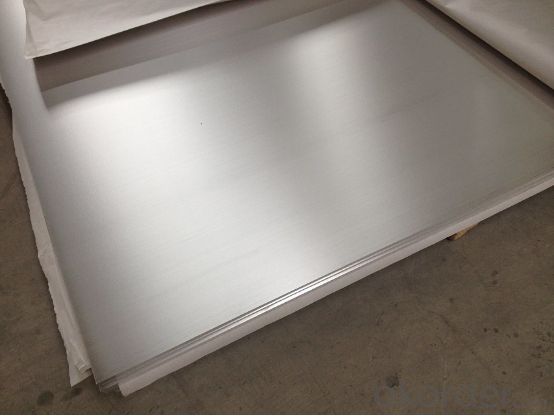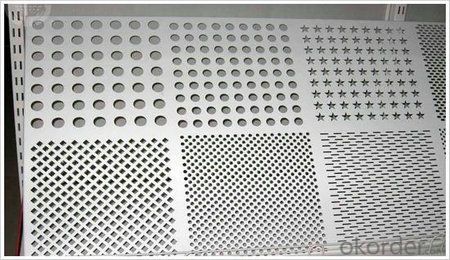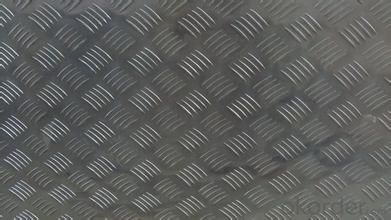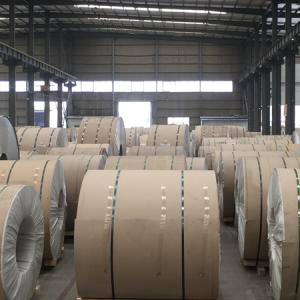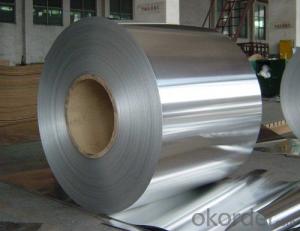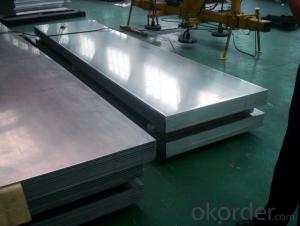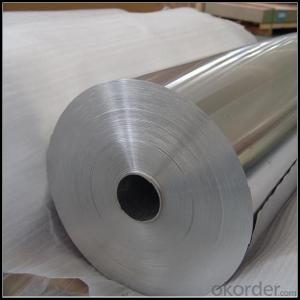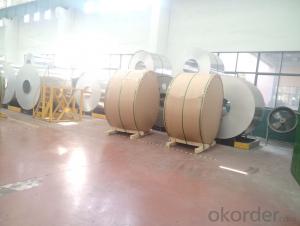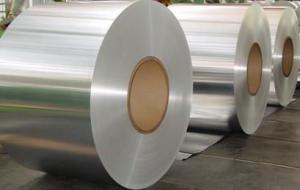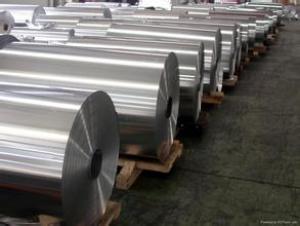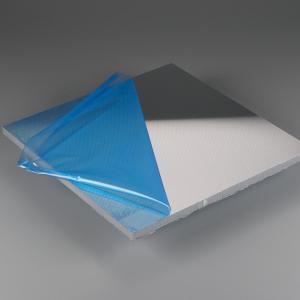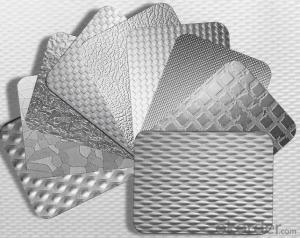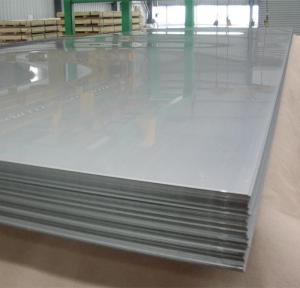China Aluminum Sheets - 5083 Aluminium Plate / Coil O, H32, H34, H112, H116, H321
- Loading Port:
- Shanghai
- Payment Terms:
- TT OR LC
- Min Order Qty:
- 5 m.t.
- Supply Capability:
- 10000 m.t./month
OKorder Service Pledge
OKorder Financial Service
You Might Also Like
Specification
Pattern: orange peel, aluminum sheet5 bar,half a ball,diamond,compass shape
1.Orange peel aluminum sheet/coil
1)Alloy :1060 1100 1050 3003 3004 3105 5052
2)Temper :0 H114 H24 H32
3) Specification thickness:0.2mm-3.0mm
width:50mm-1300mm
Length: according your request
4)Application: Refrigeration. Air-conditioner. keep warm well such as pipe ,tank
5)Surface: No crack,canker, hole
2. aluminum sheet5 bar/coil
1)Alloy :1060 1100 1050 3003 3004 3105 5052 5754 5083 6061 6063 6082
2)Temper: O H114H194 T6
3) Specification: Thickness:1.0mm-10mm
Width:50mm-2000mm
Length: according your request
4)Application: the main function is anti-skidding,widely used in automobile manufacturing,shipbuilding,machine manufacturing,elerator,workshop
5)Surface: No crack,canker, hole
3.Compass shape aluminum sheet/coil
1)Alloy:1060 1100 1050 3003 3004 3105 5052 5754 5083 6061 6063 6082
2)Temper: O H114 H194 T6
3) Specification: thickness:1.0mm-10mm
width:50mm-2000mm
Length: according your request
4)Application: the main function is anti-skidding,widely used in automobile manufacturing,shipbuilding,machine manufacturing,elerator,workshop
5)Surface: No crack,canker, hole
4.Diamond aluminum sheet/coil
1)Alloy:1060 1100 1050 3003 3004 3105 5052 5754 5083 6061 6063 6082
2)Temper: O H114 H194 T6
3) Specification: Thickness:1.0mm-10mm
Width:50mm-2000mm
Length: according your request
4)Application: building industry,packing,decorative
5)Surface: No crack,canker, hole
4) Delivery time: 15-20 days after confirming order.
For all above:
1) Minimum order quantity: 5 tons per size.
2) The term of payment: T/T, irrevocable L/C at sight.
3) Packing: Export standard, waterproof wooden,craft,plywood pallet,etc.
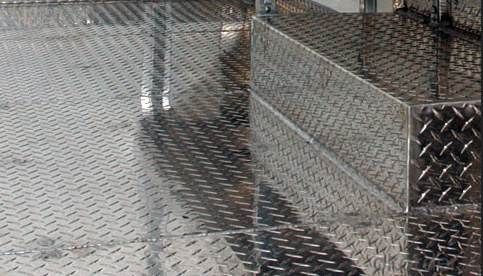
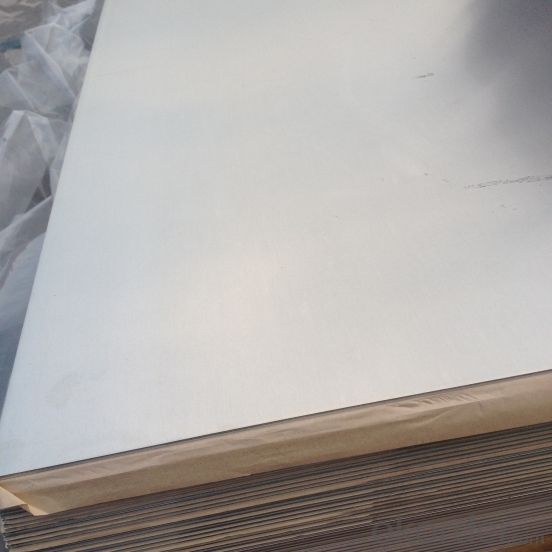
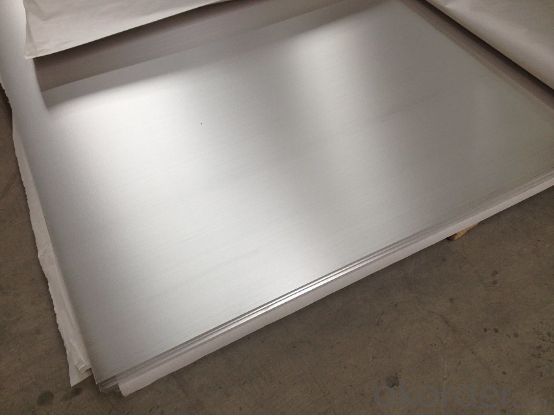
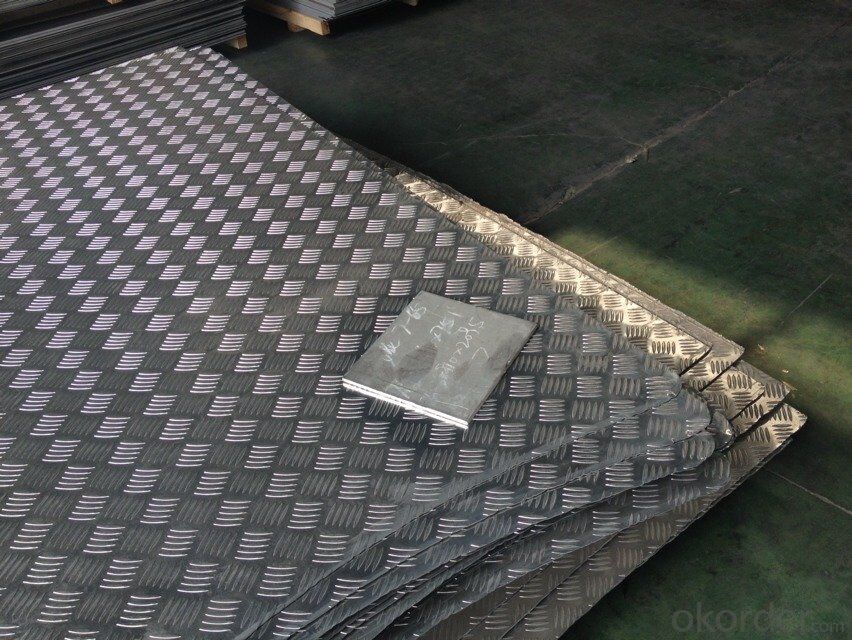
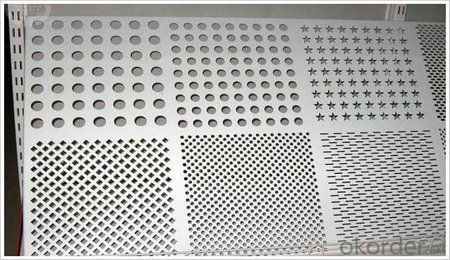
- Q: How does aluminum sheet perform in high-pressure applications?
- Due to its inherent properties, aluminum sheet is exceptionally effective in high-pressure applications. Its impressive strength-to-weight ratio makes it a suitable option for withstanding high-pressure environments. Additionally, aluminum exhibits excellent corrosion resistance, a crucial feature when dealing with high-pressure conditions that involve exposure to moisture or aggressive chemicals. Moreover, aluminum sheet is highly malleable, allowing it to be shaped and formed into various configurations to meet the specific requirements of high-pressure applications. Its flexibility enables it to endure the forces and stresses exerted during high-pressure processes without compromising its structural integrity. Furthermore, aluminum demonstrates good thermal conductivity, which aids in dissipating heat generated by high-pressure systems. This characteristic helps prevent overheating and ensures efficient operation. However, it is important to consider that the performance of aluminum sheet in high-pressure applications can be influenced by factors such as sheet thickness and alloy composition. Therefore, it is crucial to carefully select the appropriate grade and thickness of aluminum sheet based on the specific requirements and operating conditions of the high-pressure application. In conclusion, aluminum sheet is a dependable and efficient choice for high-pressure applications due to its strength, corrosion resistance, malleability, thermal conductivity, and overall performance under demanding conditions.
- Q: Okay, so i swallowed some aluminum foil like the size of a quarter from my fruit rollup wrapper, ha don't ask why? but my stomach KINDA hurts right now...like 2 minutes later.. Could this have done any damage to me.?
- Nah, you should be fine. It's not the brightest move in the world, but considering that the size is so small and that fruit rollup wrappers are mostly plastic not foil, you should be fine.
- Q: How does the surface cleanliness of aluminum sheet affect its adhesion properties?
- The surface cleanliness of aluminum sheet has a significant impact on its adhesion properties. A clean surface is crucial for achieving strong adhesion because any contaminants, such as dirt, oil, or oxidation, can inhibit the bonding process. These impurities create a barrier between the adhesive and the aluminum surface, reducing the strength of the bond. Therefore, ensuring the surface is properly cleaned and free from any contaminants is essential to maximize the adhesion properties of aluminum sheet.
- Q: I need some aluminum sheets for an art project. I'm not sure where to find such a thing, though. I've looked at Home Depot briefly and aluminum flashing is the closest thing I've found. Flashing comes in a roll and is just a bit too thin. I need flat sheets of aluminum that are somewhat stiff, but not more than, say, 1/4 thick. Are there any stores that sell such things? A larger sheet would be fine if I could either get it cut at the store or find some way to cut it to the size I want. How do you cut aluminum, anyway? Any suggestions are greatly appreciated!
- For sheets of aluminum I always go to a Commercial print shop. they use large sheets of aluminum for printing posters and things. It will have some kind of printing on one side but they can tell u what to use to remove it. It is fairly cheep. I usually pay scrap aluminum price for it I is thick enough to use for craft projects or even like I did made homemade shingles to reroof my house with. Took me 2 winters to make enough shingles. To cut it just lay a straight edge and scribe it with a sharp instrument. and it will break clean..
- Q: This question asks about the expected duration or service life of aluminum siding or cladding used in construction.
- <p>The lifespan of aluminum siding or cladding typically ranges from 20 to 50 years, depending on the quality of the material, installation, and environmental conditions. High-quality aluminum siding, when properly maintained and installed, can last up to 50 years. It is resistant to rust and decay, making it a durable choice for exterior cladding. However, factors such as extreme weather conditions, poor installation, and lack of maintenance can reduce its lifespan.</p>
- Q: How do aluminum sheets perform in extreme weather conditions?
- Aluminum sheets perform well in extreme weather conditions due to their high resistance to corrosion and ability to withstand harsh elements such as strong winds, heavy rains, and extreme temperatures.
- Q: How thick are aluminum sheets commonly available?
- Depending on the purpose and application, aluminum sheets are typically available in different thicknesses. The most frequently found aluminum sheet thicknesses range from 0.025 inches (0.63 mm) to 0.125 inches (3.18 mm). Nevertheless, there are also thinner and thicker aluminum sheets obtainable, with some being as thin as 0.016 inches (0.4 mm) and others as thick as 0.25 inches (6.35 mm) or possibly more. The specific thickness needed will be contingent upon the particular project or industry application.
- Q: What is the electrical resistivity of 101 aluminum sheets?
- The electrical resistivity of 101 aluminum sheets can vary depending on the specific grade and condition of the aluminum. However, on average, aluminum has an electrical resistivity of about 2.65 x 10^-8 ohm-meters. It is important to note that this value may slightly vary due to impurities or other factors.
- Q: Can aluminum sheets be powder coated?
- Yes, aluminum sheets can be powder coated.
- Q: Can aluminum sheets be roll-formed?
- Yes, aluminum sheets can be roll-formed. Roll forming is a process in which a continuous strip of metal, in this case, aluminum, is fed through a series of rollers to gradually shape it into a desired profile or shape. Aluminum is an ideal material for roll forming due to its malleability and ductility, allowing it to be easily bent, curved, and formed into various shapes. It is commonly used in industries such as construction, automotive, and aerospace for applications that require lightweight yet durable components.
Send your message to us
China Aluminum Sheets - 5083 Aluminium Plate / Coil O, H32, H34, H112, H116, H321
- Loading Port:
- Shanghai
- Payment Terms:
- TT OR LC
- Min Order Qty:
- 5 m.t.
- Supply Capability:
- 10000 m.t./month
OKorder Service Pledge
OKorder Financial Service
Similar products
Hot products
Hot Searches
Related keywords
